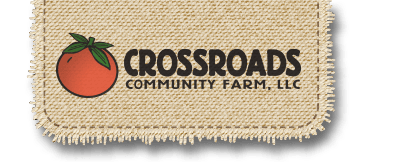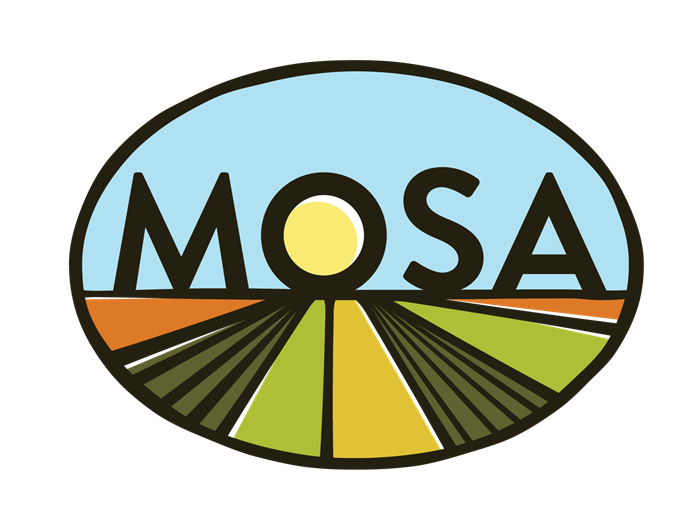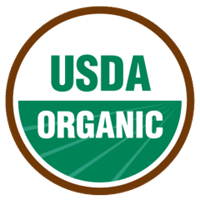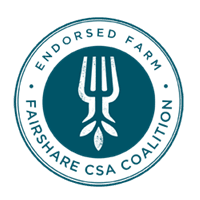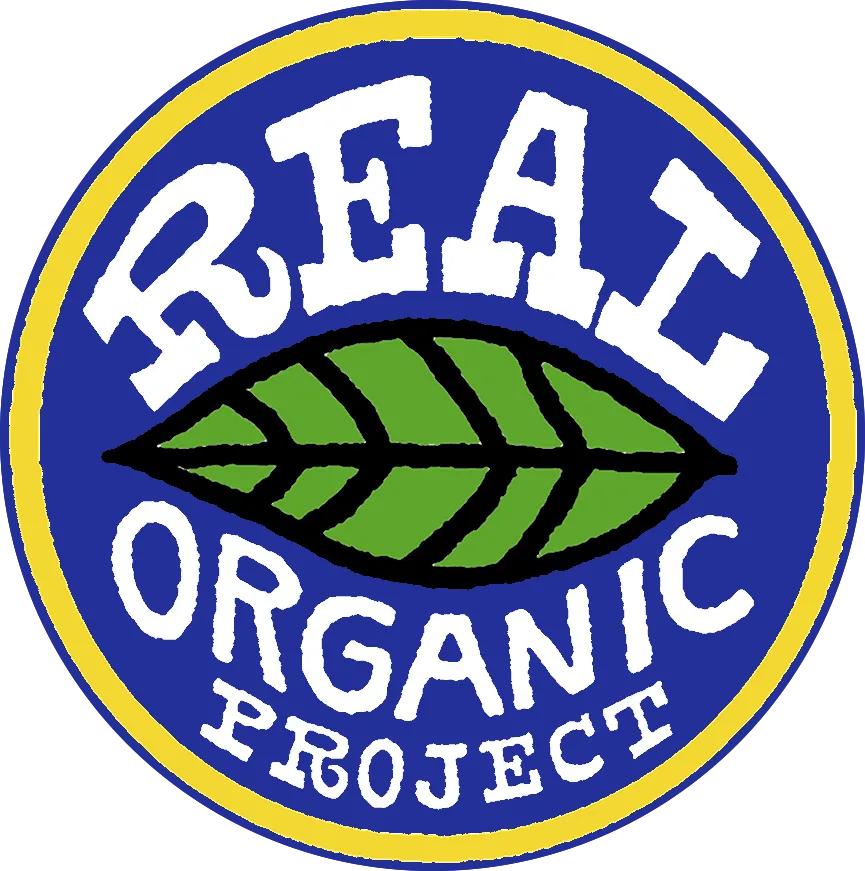Leading Farm-Driven Food Access Initiatives: Veggie share #18 – Oct. 3, 2023
Leading Farm-Driven Food Access Initiatives
The CSA Innovation Network has asked me to present an Ideas Lab to other farmers next week describing our farm’s food insecurity initiatives. (Crossroads is a leader is this area of work).
I am honored.
I thought I’d use this newsletter to outline our work as preparation.
_____________
I want to start by sharing one word that roots the work we do: dignity.
We believe that everyone deserves high-quality, nutrient-dense food.
Much of the emergency food system relies on giving folks in need small amounts of food – the rejects, the unsold, lesser quality foods in the our food system.
This is not inherently bad. It is a GOOD thing to keep food from being wasted and getting it to folks who struggle to afford food.
As a farmer, however, I really started to become uncomfortable with the idea that it was good enough to donate the food I couldn’t sell. Ultimately this was a small amount AND low quality, because the small amount of food I couldn’t sell often was starting to show stages of decay. Is that really something to feel good about – giving away small amounts of low quality food? How can we get more food to people who can’t afford it? What does it communicate to the recipients about their worth in our community if we don’t low quality food? That they are only deserving of what others don’t want or won’t accept?
This unease has eventually led us as farmers to focus on donating food that is just as high quality as our paying customers receive.
To do this, however, means that instead of the farm donating food that we can’t get paid for otherwise, we are deciding to source food that we would otherwise be paid for.
In other words, we want to get foods onto the tables of food insecure households, but the farm still needs to be paid for the hard work and labor we do to produce high quality produce.
If the farmer can get paid to get food to those who can’t afford it, the farm can donate LOTS more food.
How We Fund Our Work
To do this, we turned to our farm members and began asking for support. Both through our sign-up process and a separate GoFund Me campaign, Crossroads Community Farm asks its members with more to donate money to the farm so that we can provide nutrient dense food to folks with less.
The first year, spring of 2020, the height of Covid, our members donated over $20,000 towards this effort.
Fast forward a couple of years later, and our membership is still giving about $12,000 each year to support this work.
Meanwhile, the program has grown to the point where we are donating the equivalent of 100 share boxes every week of the 20-week growing season. The cost of this is around $55,000 each year.
In addition to our members, we receive financial support from:
– Willy St. Coop
– Rotary Club of Madison
– Epic
– WI-Local Food Purchase Assistance grant
-Fairshare CSA Coalition
What the farm is not able to fundraise through grants and members, we pay for ourselves.
How We Get Food to Folks
Our distribution process has been evolving over the last couple of years. Community partnership is key.
Forty percent of the food that goes out through our food insecurity work goes to the Badger Prairie Needs Network pantry. We used to adjust the amount of food that goes here based on their need, as not to overwhelm them, but word has gotten around and more folks are in need due to inflation. We can’t supply them enough!
The other 60% of the veggies goes out through a partnership with the Neighborhood House of Madison and Healthy Food For All. The model here is simple: we fill the van up with the equivalent of 60 CSA shares-worth of food, and they drive the van to various neighborhoods in food apartheid neighborhoods of Madison. People know the van, know there is nutritious food inside, and they come get it – often then self-distributing throughout their own community from there. Neighborhoods served include:
– Braxton Place/Parkside
– Bayview Community Center
– Romnes CSA Apartments on Olin Ave.
– Triangle Neighborhood
– Eagle Heights
– Neighborhood House Pantry
– CDA housing in Darbo-Worthington
A few basic principles are used in how we operate in community.
– Community Guided Distribution. Our viewpoint is that we want to offer the food, but we do not want to guide how it is distributed. We want that to be left up to the communities who receive it, because they know their own community best. We don’t ask for proof of need. We don’t ask for any reporting. We send the food away to food apartheid neighborhoods, and so long as the truck comes back empty, people have been helped.
– Unboxed. The CSA box system doesn’t work for every household. So while we send out 100 box equivalents, we pack that same amount of food in open crates so that folks can take what they want.
– Culturally relevant. Cilantro, bok choi, tatsoi, hot peppers, and collard greens are examples of crops we grow to try and meet the cultural needs of the communities we serve. We have received requests to grow other crops as well, including: thai eggplant, loofa, bitter melon, different types of collards, and okra. We hope to trial some of these crops that are new to us next season.
__________
- If you are interested in supporting the work we do on a deeper level, please let me know. I would love to meet you for coffee this winter and tell you more about the work we are doing to feed people for free.
- If you’d like to learn more about the food insecurity work Crossroads is doing, consider attending this free webinar! Zoom. Thursday, Oct. 12th @ 11am.
https://www.csainnovationnetwork.org/event-details/farm-driven-fundraising-for-food-access-initiatives

Cheers,
Farmer Cassie
